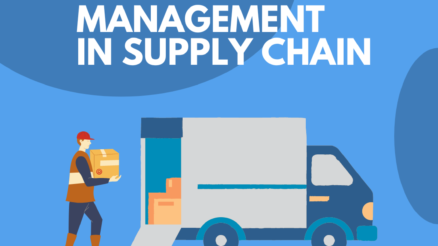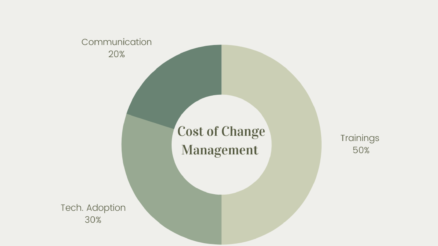The well-known 7 R’s of change management are a set of simple but most important questions that help you to define change management process.
When organization intends to make a change, these questions should be asked and discussion should be made around these to find way forward.
There are obvious advantages to answering these seven questions in relation to a change initiative.
It allows to assess risk, identify resources and measure benefits of change. All in all, 7 Rs help you to plan your change project and implement it to achieve the desired results.
What are 7 Rs of Change Management?
7 Rs of change management are those seven questions that you should ask and find their answers before embarking on journey of change.
These questions are:
- What is the reason for change?
- What are the risks involved in implementing change?
- What are resources required to successfully execute change?
- Who raised the change?
- What would be return of the change?
- Who is responsible to implementation of the change?
- What relationships exist with other changes?
Let’s discuss all these 7 Rs of change management in detail:
1. Reason
The first question is to know exact reason of change. Why is this change needed? There can be a variety of reasons for a change or there might be one single strong reason behind change.
Among important factors affecting organizational change are financial or economic, technological, political, social, legal or it could be simple vision of leadership to make change.
Its the first step to know the reason of your change because it is basis of change initiative. Without knowing this question it would be never easy to make a successful change and achieve the desired outcome.
2. Risks
What risks are involved in the change? You must realize that everything involved in the project development process, as well as every entity linked with the business, has risk.
The risks can be severe, such as the company going out of business, or something minor, such as losing a set of data during system updating.
The concern is how much risk you are willing to accept in order to ensure that the change can be implemented with that risk present and that the entire organizational operations are not destroyed.
3. Resources
How many resources are needed? When we discuss the change process, we always mention the funding and resource pool that will be required for the project to be a complete success.
That is why, even while initiating a change, you must ensure that you have sufficient resources to finish the change management process; otherwise, you will be howling into the wind with no result.
Before you can measure your resource pool, you must first ensure that you are aware of all of the resources required for your change management process.
When you’ve narrowed it down, you can search the resource pool for those resources, and if they’re there, you’ll win.
4. Raised
Who raised the change idea or suggested it? One thing you must ensure at the outset of the change management process is that you get to know the individual who initially brought the change idea to the board’s attention.
You must do so since, in the future, it will be extremely difficult to identify the person who requested due to the chaos.
This person is incredibly important to you because they have the proof to support the change process, which they must provide to the board as soon as possible so that the change request may be approved and the work can begin.
5. Return
What will be the outcome after the change request is put into practise? Let’s suppose you’re functioning on a software project and you want to add a new feature to it.
You must ensure that the return on investment from introducing that feature into the project is sufficient to justify making the change in the first place; else, there is no sense in submitting a change request.
This is why you should construct a pros and drawbacks list for any change you are attempting to implement so that you can evaluate the benefits of each change.
6. Responsible
Who is responsible for planning, testing, and execution? One thing to keep in mind is that you need to select the correct person to be in charge of the conception, evaluation, and process of implementation of the change you’re proposing.
This is where senior leadership or project management comes in because they have the ability and expertise to pick the best applicant for the job, ensuring that the change management process runs smoothly and without glitches.
7. Relationship
What relationships exist with other changes? You must determine the relationship between the proposed change and all of the other changes that are whirling around your change management process.
This procedure is carried out because, in most cases, we find in the organizational paradigm that changes, like tasks and processes, are interdependent. It is impossible for one to occur without the other.
This is why it’s your job to figure out how all of the activities are related so you can accomplish all of the prerequisites and have your modification implemented.
Final Words
7 Rs of change management are helpful to determining how your change management process is going to work. The 7Rs assist in identifying gaps that can be filled through finding new ways of doing work. Any organization that does not adhere to these 7Rs of change management runs the danger of change negatively impacting business management services.



